In this week’s Ask the Agronomist, Precision Agronomy Advisor Phil Long discusses fertility and pH management challenges that can present in continuous reduced-till scenarios. He also offers some tips on how to get a more accurate read from your soil sample and improve fertility decision-making for your fields.
-
Latham Hi‑Tech Seeds
#AskTheAgronomist: Fertility and pH Management in Reduced-Till Scenarios
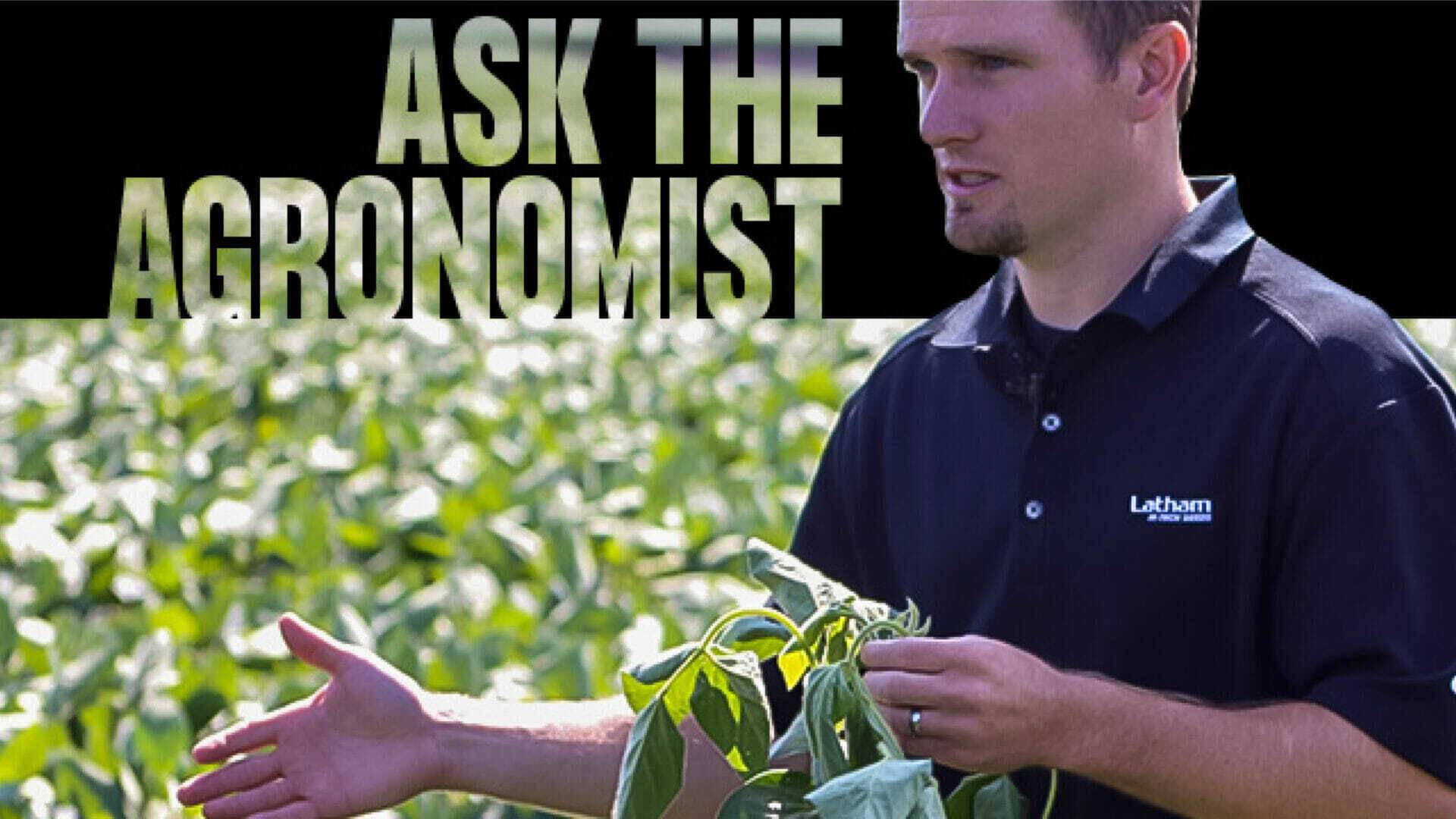
-
Latham Hi‑Tech Seeds
Can You Cut Fertility Costs Without Cutting Yield?
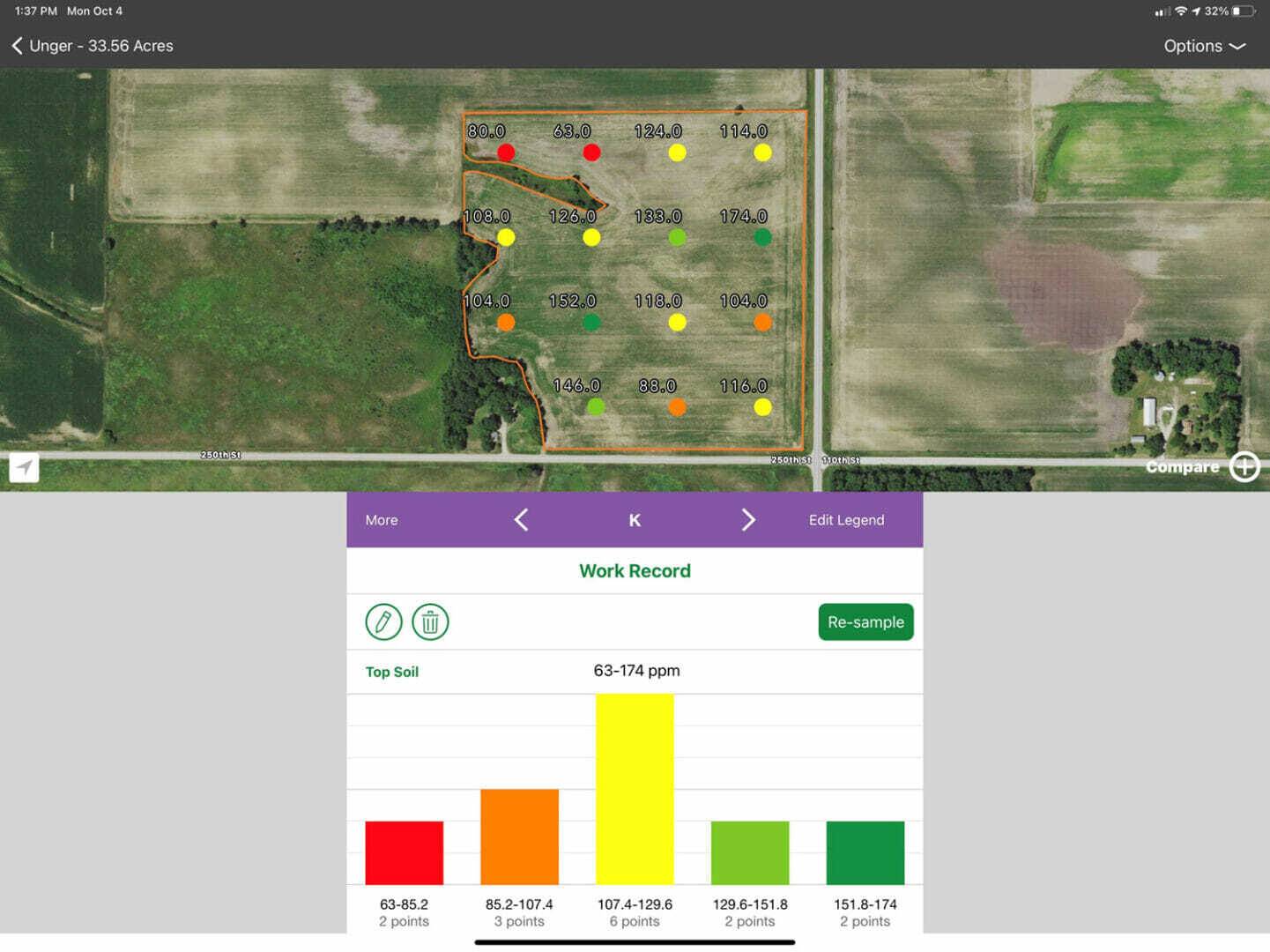
You could lose more than you save if you cut costs in the wrong places.
Some farmers are thinking about cutting back on their fertility program for 2022 crops because fertilizer costs are increasing and pre-order prices aren’t guaranteed into next spring. I understand that price hikes cause uncertainty. As someone who also farms, I feel the same way. What I’ve learned is that fertility is the foundation to keeping a crop healthy all season. Top-performing hybrids need food to fuel their growth.
Below are three questions to ask yourself as you plan your 2022 fertility program:
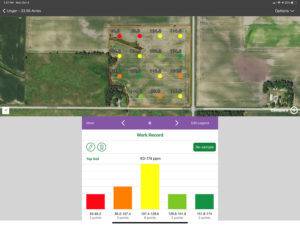
- Are you keeping potassium levels up? Potassium (K) is critical for handling drought stress and late-season stalk health. Depending on cation exchange capacity (CEC), you want to see K levels of 150 to 220 parts per million (ppm) on your soil test. North Dakota State University (NDSU) research reveals the type of clay soil (high vs. low shrink swell clay) is key to fertilization. High shrink swell clay soils must be kept at that 200-ppm threshold. When these soils dry out, they hold the K between clay layers much tighter. On soils with low shrink swell potential, the 150-ppm threshold will provide enough K throughout the season. Have you ever noticed how some soils are more forgiving after you accidently cut ruts when it’s a little wet? Note those soils because they hold K tighter, prohibiting your crop from using it.
- Thinking about cutting back on nitrogen? Nitrogen is more closely tied to yield than any other nutrient. Corn takes up approximately 150 to 300 pounds of nitrogen (N) to reach its full yield potential, but this doesn’t have to all go down as commercial fertilizer. Nitrogen needs depend on several factors including crop rotation, manure application, green manure, and residue management. Consider applying nitrogen in the spring with a nitrification inhibitor on lower CEC soils or if it’s a wet spring. The best practice in the fall is to wait until soil temps are below 50 degrees before applying nitrogen.
- How are you valuing manure? When comparing fields where manure was applied to fields that only get commercial fertilizer, you realize fertilizer is worth the additional hassle to apply. Microbes in the manure and the biology that feeds on it can build nutrient levels much faster in the soil as compared to commercial fertilizer. It’s important to have a representative manure analysis to know what you are applying.
Remember, every 100 pounds of nitrogen applied requires about 500 pounds of lime to offset the acidity created by the nitrogen conversion process. Make sure your pH is correct, so all the nutrients in your soil are available to your growing crop. Correct soil pH before you try to build your P, K or micronutrients.
Feel free to call me if you have any questions about how Data Forward can help you collect and store information that can lead to more profitable farm management decisions.
-
Latham Hi‑Tech Seeds
Improve Meat and Milk Production with Better Silage
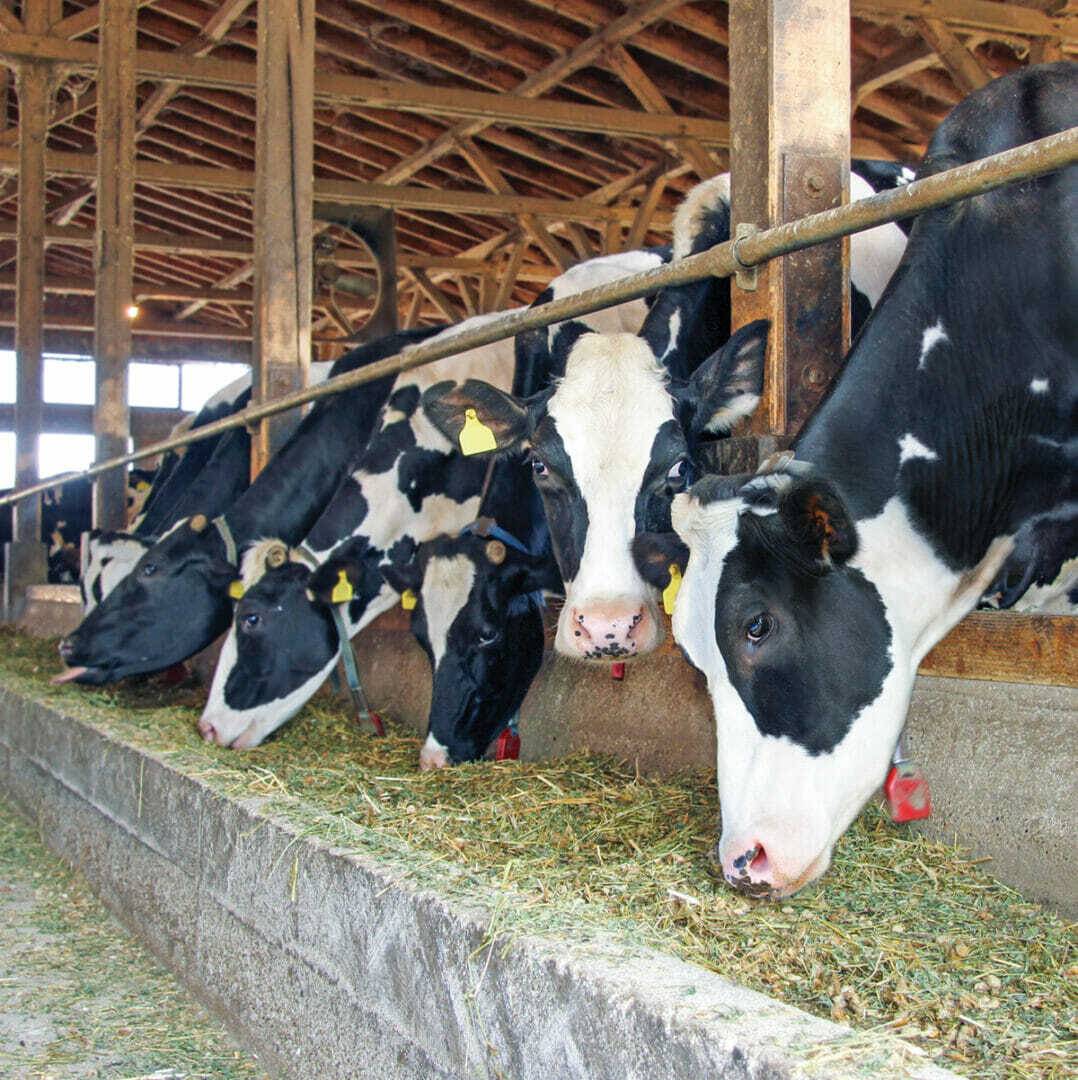
“Repetition is effective. Repetition is effective.” – Legendary Broadcaster Paul Harvey
The massive amounts of information we process each day makes it easy for messages to get diluted or forgotten. That’s why I find it helpful to continually review the basics, especially when it comes to feeding corn silage.
What gets fed to dairy cattle, as well as to beef cattle, affects the quality and quantity of the milk and meat produced. We know there is a correlation between starch and fiber digestibility with rates of gain. Getting the most tonnage and high nutritional concentration gives you the best chance of improving milk quality and production in dairy, as well as rates of gains in beef.
Most of the silage research to date deals with feeding corn silage to dairy cattle. However, Iowa State University has updated its Beef Corn Silage Calculator that ranks the potential value of corn silage varieties used in beef rations.
You also get an index ranking for Latham® hybrids in our seed guide. Our index rating shows a hybrid trend on a multi-season, multi-environment basis. Keep in mind that management practices, weather, and fertility can dramatically impact forage quality.
Simply stated, here’s what we want from corn silage: high tonnage in the field and high quality in the bunk. Listed below are some basic corn silage terms to provide a better understanding of corn silage yield and quality:
- Dry Matter Basis (DM). Most all feed comparisons are done on a dry matter basis where all the moisture is removed. This helps provide consistency.
- Corn Silage Composition. Typical corn silage composition is 50% grain to 50 % stover on a dry matter basis.
- Grain yield. High-yielding grain hybrids tend to bring great tonnage and quality. Yield contributes to tonnage and quality.
- Nutritional value of the kernel. The value of corn silage is related to its energy content from starch, fat and amino acids. Corn silage provides energy from digestible fiber and from the starch contained in the kernel.
 Starch Digestibility. Increasing starch digestibility supports rumen bacteria and increases energy supply to dairy and beef cows. It’s estimated that for every 1 percent of fecal starch that passes into the manure, milk production is reduced by 0.72 pounds per head per day. This adds up!
Starch Digestibility. Increasing starch digestibility supports rumen bacteria and increases energy supply to dairy and beef cows. It’s estimated that for every 1 percent of fecal starch that passes into the manure, milk production is reduced by 0.72 pounds per head per day. This adds up!- Fiber Digestibility. Hybrid selection, environment, and management practices impact fiber digestibility in corn silage. It’s estimated that for every 1 point of increased or improved fiber digestibility, milk output of a dairy cow can improve about one-half pound of milk per day per head.
- Non-Fiber Carbohydrate (NFC). Corn silage is about 50 percent NFC. Note: There is a correlation between this number and the grain percentage.
There is an ocean of information available from seed guides to feed reports. Ultimately, it comes down to considering the end use first. Match your end use goals with product features and proper placement for maximum ROI at the bunk.
-
Latham Hi‑Tech Seeds
#AskTheAgronomist: Evaluating Fall Fertilizer Decisions

When faced with high fertilizer prices, what considerations should factor into next season’s investment? Precision Agronomy Advisor Phil Long addresses each macronutrient’s effect on yield and performance plus the pros and cons of investing versus scaling back for next season.
-
Latham Hi‑Tech Seeds
Tips for Determining Why Stalks Are Lodging
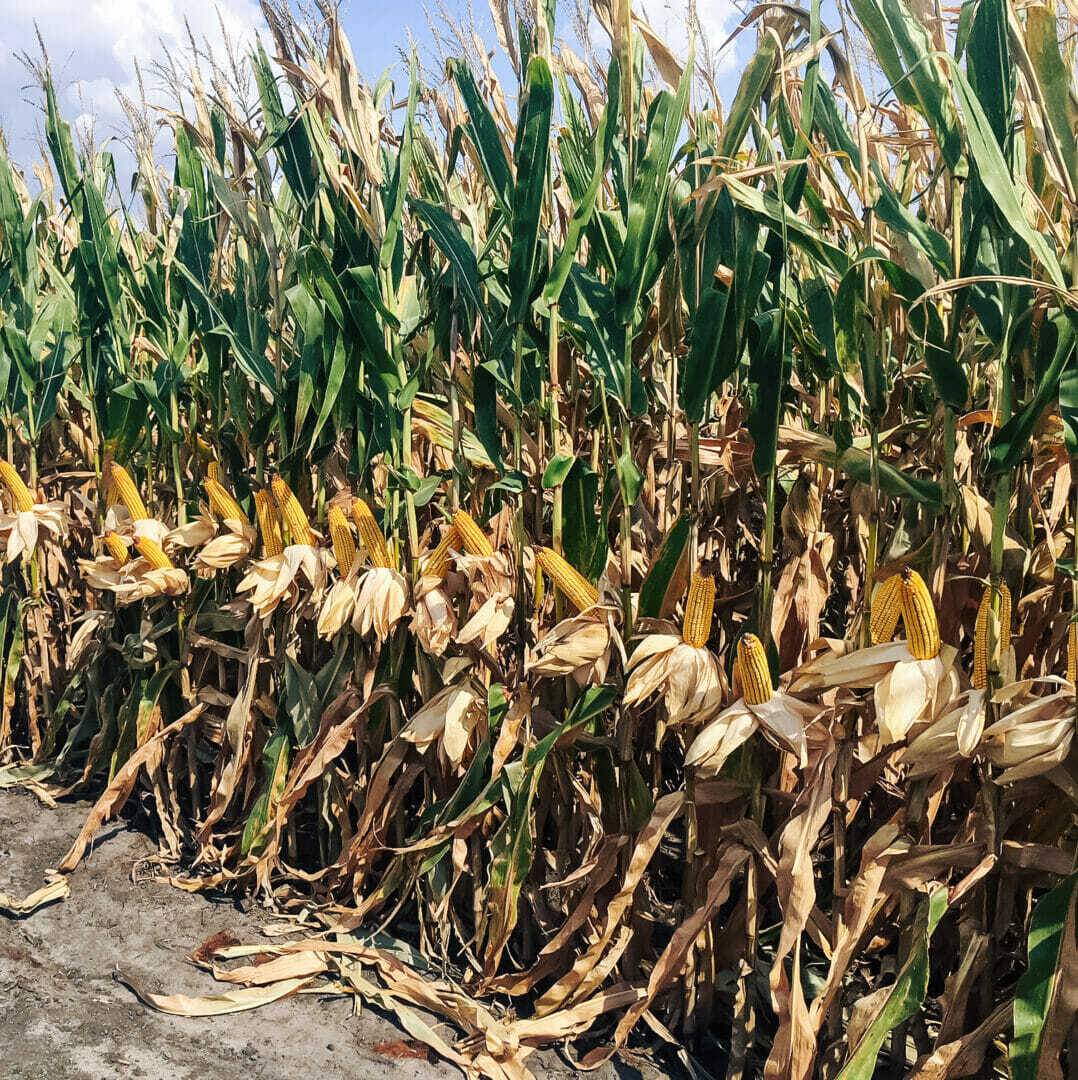
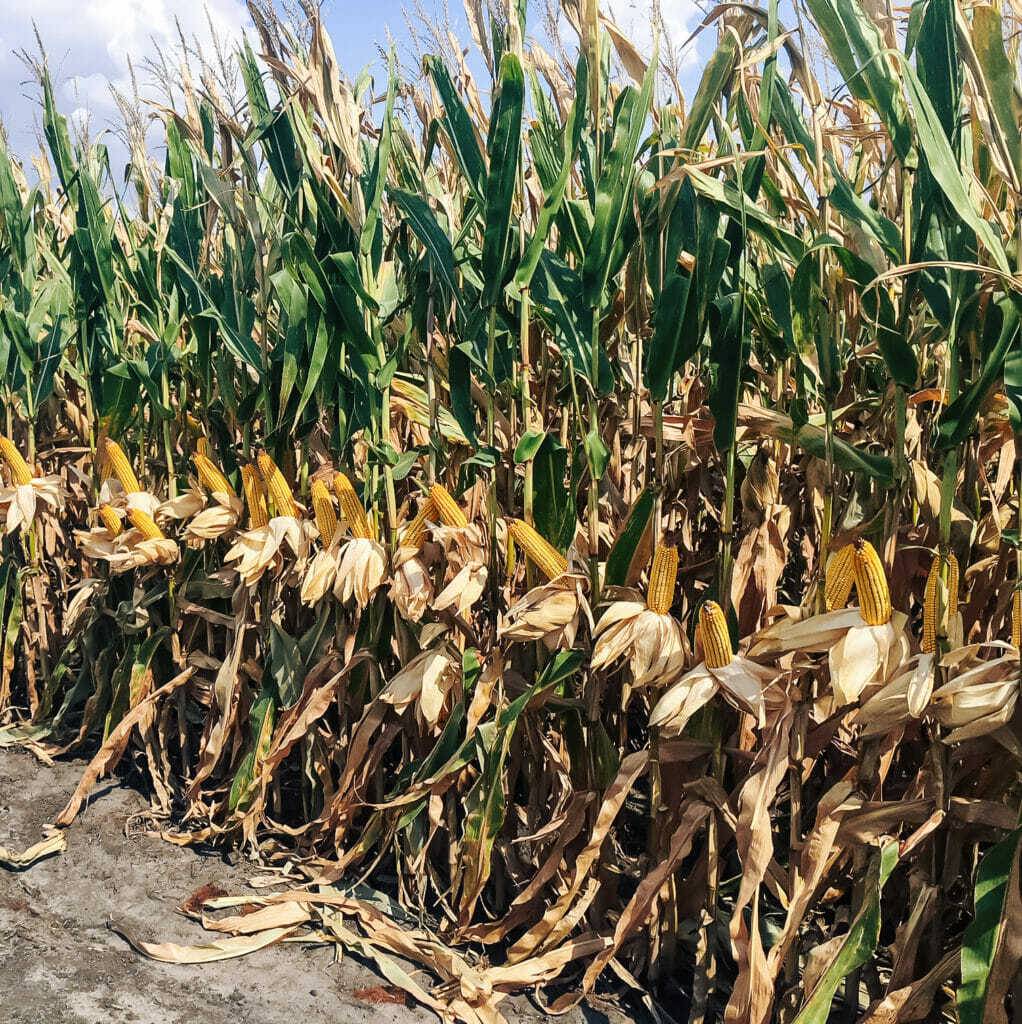 As Harvest 2021 gets underway, we will start our morning checks to see which fields should be prioritized for harvest. Hybrid maturity helps guide us to certain fields, but sometimes a field stands out for another reason like late-season stalk lodging.
As Harvest 2021 gets underway, we will start our morning checks to see which fields should be prioritized for harvest. Hybrid maturity helps guide us to certain fields, but sometimes a field stands out for another reason like late-season stalk lodging.Hybrids have different susceptibility to stalk rots as the season progresses. Knowing the hybrid you have on every field – and how each hybrid handles stalk rot diseases – is important. Another consideration is whether the hybrid you planted is a racehorse because racehorse hybrids do whatever it takes to fill an ear even if that means cannibalizing the stalk. This can be an unfortunate reality in a year like 2021 where moisture was very limited across most of Latham Country. A fungicide can keep the lower stalk healthier later into harvest, so if you choose to spray, you likely will see better standability.
Decisions made early in the season also influence late-season stalk health. Planter singulation is key. Doubles or multiples causes corn plants to grow on top of one another, so most of the time only one of those plants will develop an ear. Shallow planting depth causes the “crown” to establish closer to the soil surface, predisposing plants to root rot during this point in the season. Uniform competition is really important for neighboring corn plants, so that’s why good singulation and even emergence are important.
Planting population can influence stalk diameter and stalk health. You can push planting populations more if you keep your fertility levels in check. If you’re having stalk lodging issues and tend to push higher populations, then test soils and investigate where you may have an issue. If you notice foliar symptoms as you’re scouting throughout the season, then there is no better time than right after harvest to take soil samples. Potassium is a key nutrient for building healthy stalks. Micro-nutrients are also important, but it requires a balance. Too much of one nutrient can prevent other nutrients from being taken up by the corn plant.
As you walk your fields prior to fall harvest, do the “pinch” or “push” test to monitor stalk health. If you’re wondering about whether your soil fertility is influencing stalk health or haven’t soil tested in a while, feel free to give me a call. I’ll be glad to talk with you about the benefits of using Latham’s Data Forward® program.
-
Latham Hi‑Tech Seeds
#AskTheAgronomist: Optimal Timing for Side-Dressing Nitrogen

Precision Agronomist Phil Long highlights three key windows for feeding corn plants as well as some other factors to consider as corn growth and development progresses this season.
-
Latham Hi‑Tech Seeds
#AsktheAgronomist: How To Reach 100% of Your Yield Potential

Join us on April 1 at 8 AM as we discuss how to reach 100% of your yield potential. Phil Long shares a study across high yield results and finds 5 common denominators.
-
Latham Hi‑Tech Seeds
Ask the Agronomist: Soil Fertility
 Join us as we review group soil fertility data. Learn the importance of knowing what’s in your soil and how to plan for spring fertilizer. #AskTheAgronomist:45 – Topic Introduction1:00 – Soil fertility group results4:00 – Asses soil fertility this spring11:20 – Final thoughts
Join us as we review group soil fertility data. Learn the importance of knowing what’s in your soil and how to plan for spring fertilizer. #AskTheAgronomist:45 – Topic Introduction1:00 – Soil fertility group results4:00 – Asses soil fertility this spring11:20 – Final thoughts -
Latham Hi‑Tech Seeds
Ask the Agronomist: High Yields call for High Fertility
 Join us as we discuss the need for soil sampling. Learn what is below the surface to increase your yield in 2021. #LathamSeeds #AsktheAgronomist:45 — Soil sampling2:05 — Soil fertility6:30 — Learn from 2020 growing season11:20 — The cost of soil sampling
Join us as we discuss the need for soil sampling. Learn what is below the surface to increase your yield in 2021. #LathamSeeds #AsktheAgronomist:45 — Soil sampling2:05 — Soil fertility6:30 — Learn from 2020 growing season11:20 — The cost of soil sampling -
Latham Hi‑Tech Seeds
Ask the Agronomist: Does Additional Nitrogen on Soybeans Pay?
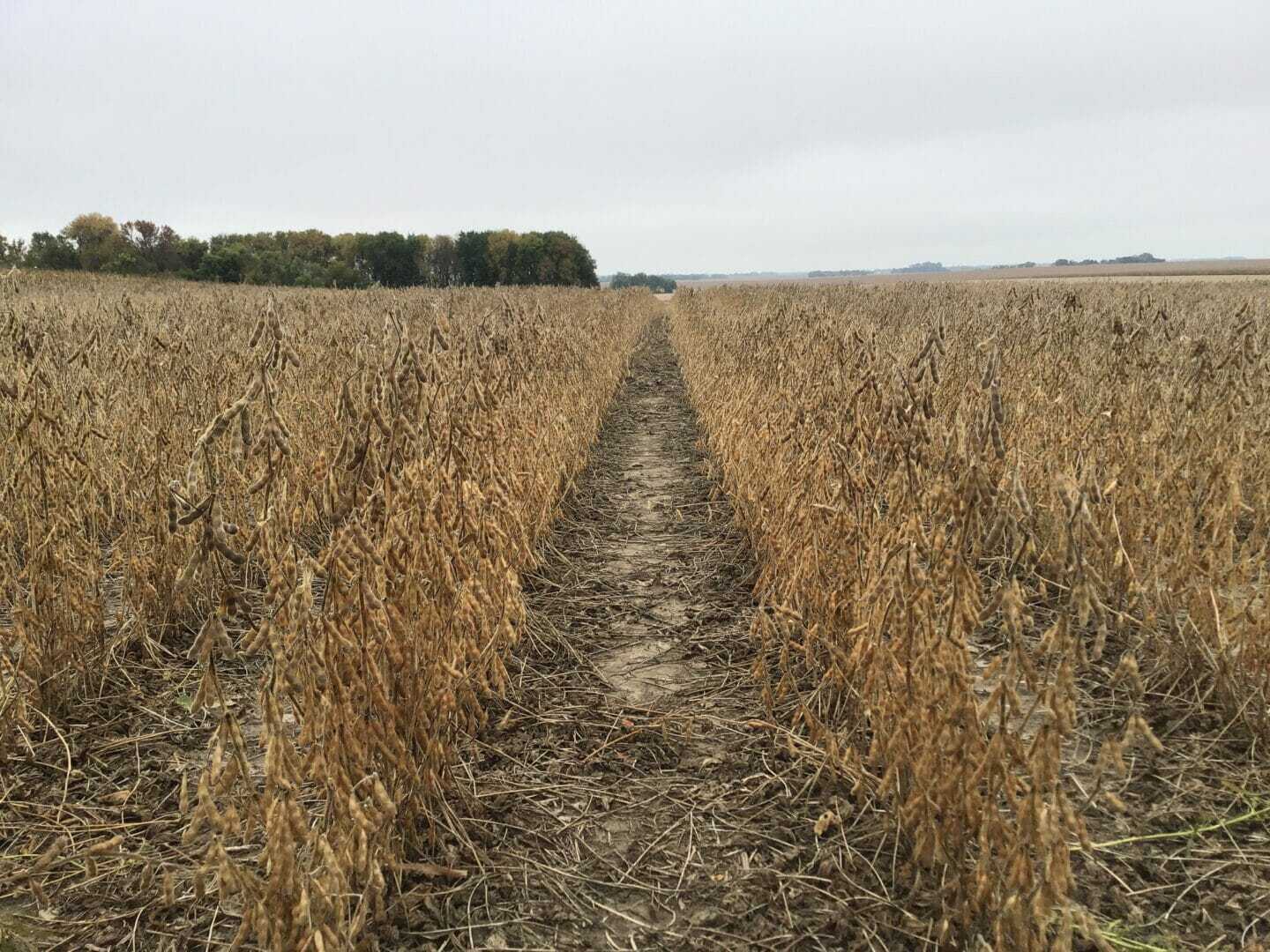 Tune in as we discuss the response of additional nitrogen application on soybeans. View a time breakdown below. #LathamSeeds:35 — Seed Treatment Plot StudypPreview1:35 — Topic introduction5:30 — Identifying soybean nodulation during harvest7:45 — Nitrogen timing and placement9:00 — Foliar application benefits?9:50 — Final thoughts
Tune in as we discuss the response of additional nitrogen application on soybeans. View a time breakdown below. #LathamSeeds:35 — Seed Treatment Plot StudypPreview1:35 — Topic introduction5:30 — Identifying soybean nodulation during harvest7:45 — Nitrogen timing and placement9:00 — Foliar application benefits?9:50 — Final thoughts